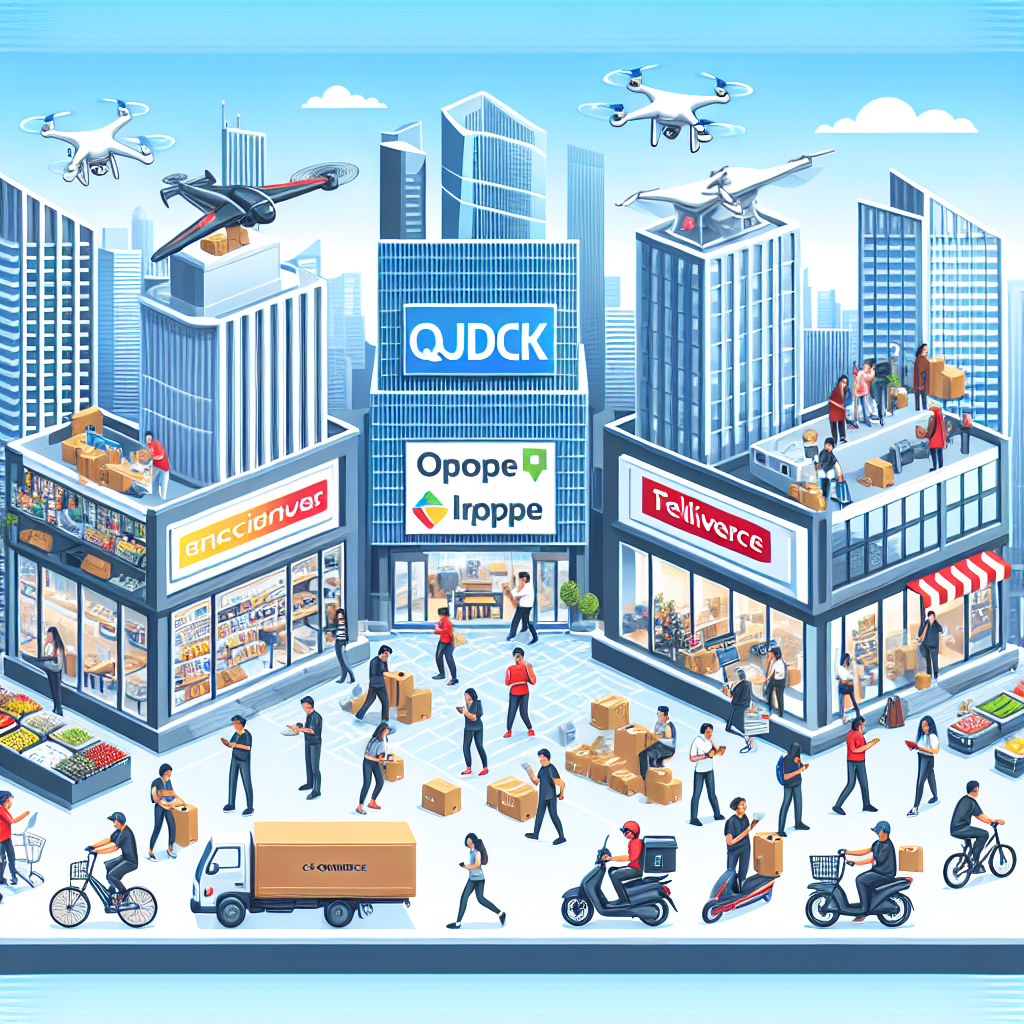Quick Commerce: Challenges Beyond India's Metros
India's quick-commerce sector is expanding rapidly but faces challenges in non-metro areas, which contribute only 20% of GMV despite holding 60-70% of the retail market share. Contributing factors are low digital maturity, local shopping habits, and strong local retail networks, hindering profitable scaling.

- Country:
- India
The quick-commerce sector in India is experiencing rapid growth, yet it struggles to extend profitably beyond metropolitan areas. According to Redseer, over the first five months of 2025, the industry expanded by around 150%, spurred by the introduction of dark stores, category expansion, and intense competition.
However, despite this sharp increase and presence in over 100 cities, non-metro areas account for only 20% of gross merchandise value (GMV). Notably, this is disproportionate compared to their 60-70% share of the overall retail market in India's top 100 cities. The lag in scaling is linked to low demand and digital maturity in smaller cities.
The average orders per day per dark store dramatically drop in smaller cities, highlighting the issue. Factors like lower digital trust, specific local preferences, and strong local retail networks further exacerbate the challenge. Although challenges are abundant, certain areas like student hubs and upscale cities are exhibiting promising demand for quick commerce.
(With inputs from agencies.)










